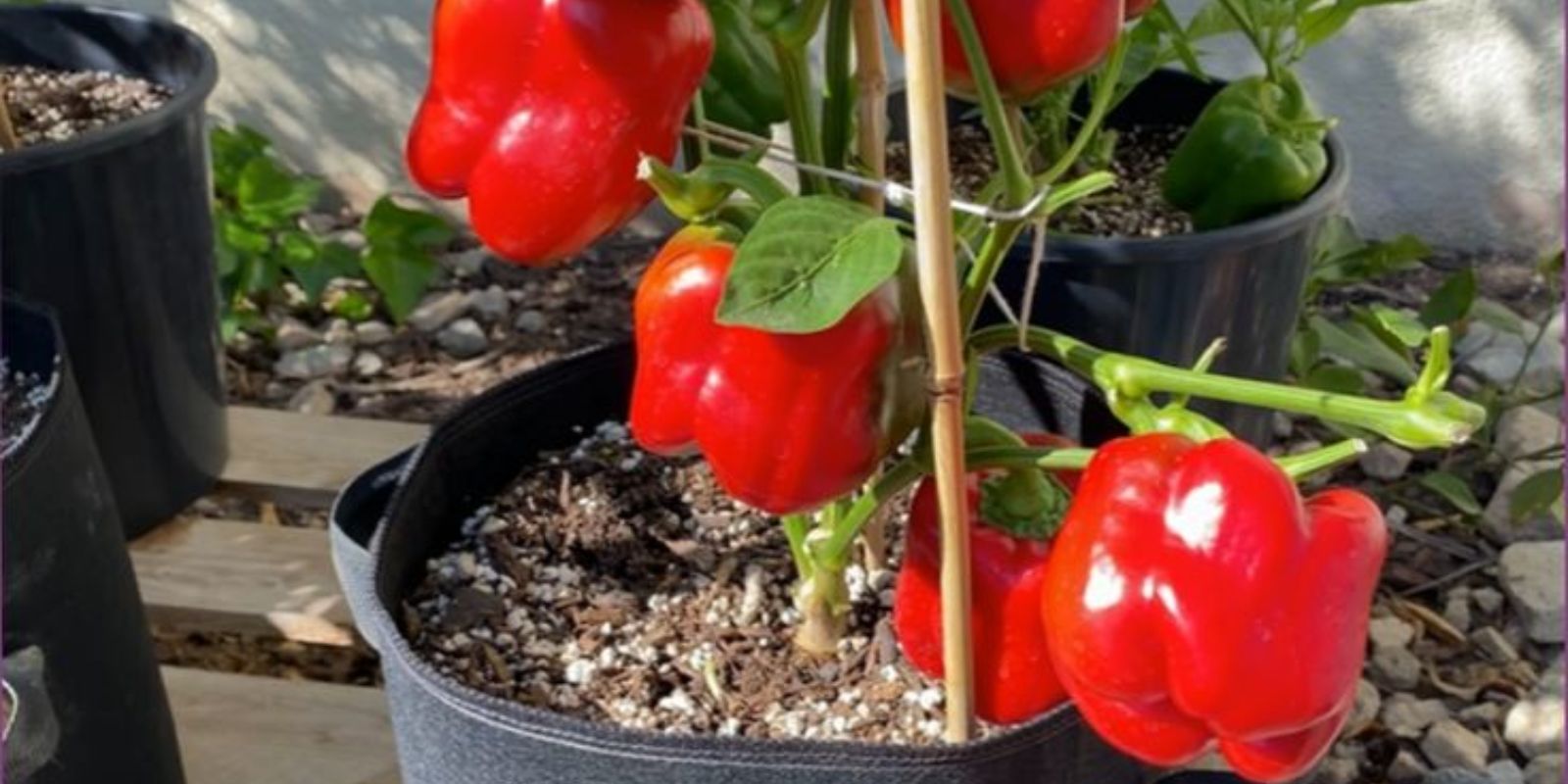Container gardening has revolutionized how people cultivate plants, especially in urban areas or places with limited outdoor space. It offers flexibility, convenience, and the ability to grow a variety of plants right at home. One of the most versatile approaches to container gardening is using buckets. These sturdy, readily available containers can be transformed into mini-gardens that yield fresh vegetables throughout the growing season. Whether you’re a beginner or a seasoned gardener looking to maximize your gardening space, growing vegetables in buckets is an accessible and rewarding endeavor.
Introduction to Container Gardening with Buckets
Container gardening has gained popularity for several reasons, including its ability to overcome space limitations, improve accessibility, and facilitate better control over soil conditions and plant care. Buckets, in particular, are excellent containers for growing vegetables because they are affordable, durable, and easy to manage. They allow gardeners to experiment with a wide range of vegetables, from leafy greens and herbs to larger plants like tomatoes and peppers, all within a compact space.
Why Choose Bucket Gardening for Vegetables?
- Space Efficiency: Ideal for urban settings, balconies, or small yards where traditional gardening space is limited.
- Portability: Buckets can be moved to optimize sunlight exposure or protect plants from harsh weather conditions.
- Accessibility: Suitable for gardeners with physical limitations, as buckets can be placed at convenient heights for watering, pruning, and harvesting.
- Soil Control: Enables precise control over soil quality, drainage, and fertility, promoting healthier plant growth and higher yields.
Steps to Successfully Grow 20 Common Vegetables in Buckets
- Selecting the Right Containers:
Choose food-grade plastic buckets that are clean, sturdy, and have drainage holes at the bottom to prevent waterlogging. Ensure each bucket is large enough to accommodate the root system of the chosen vegetables. - Preparing the Potting Mix:
Use a high-quality potting mix or create your own by combining equal parts of garden soil, compost, and perlite or vermiculite for improved drainage and aeration. - Choosing Suitable Vegetables:
Opt for vegetables that thrive in containers and match your climate and growing season. Popular choices include:
- Tomatoes: Varieties like cherry tomatoes or determinate types are excellent for buckets.
- Peppers: Bell peppers and hot peppers do well in containers with good sunlight.
- Herbs: Basil, parsley, cilantro, and mint are perfect for smaller buckets.
- Leafy Greens: Lettuce, spinach, kale, and Swiss chard grow well and can be continuously harvested.
- Root Vegetables: Carrots, radishes, and beets can thrive if the bucket depth allows.
- Planting Seeds or Seedlings:
Follow planting depth and spacing guidelines for each vegetable type. Sow seeds directly into the potting mix or transplant seedlings carefully to avoid damaging their roots. - Watering and Moisture Management:
Water consistently to keep the soil evenly moist. Check moisture levels regularly, especially during hot weather, and adjust watering frequency accordingly. Avoid overwatering, which can lead to root rot. - Fertilizing Needs:
Apply a balanced fertilizer or one specifically formulated for vegetables according to package instructions. Consider using organic fertilizers for healthier plants and sustainable gardening practices. - Sunlight Requirements:
Position buckets in a location that receives at least 6-8 hours of direct sunlight per day. Supplemental lighting may be necessary for vegetables that require more sunlight, especially in shaded or indoor environments. - Supporting Vertical Growth:
Some vegetables, such as tomatoes, cucumbers, and pole beans, benefit from trellises, stakes, or tomato cages to support their growth and prevent sprawling. - Mulching and Weed Control:
Apply a layer of mulch, such as straw or shredded leaves, around plants to conserve moisture, suppress weeds, and regulate soil temperature. - Pest and Disease Management:
Monitor plants regularly for signs of pests or diseases. Use organic pest control methods, such as neem oil or insecticidal soap, to protect your vegetables without harmful chemicals. - Harvesting and Maintenance:
Harvest vegetables when they reach maturity, following specific guidelines for each type. Regularly prune plants to remove dead or diseased foliage and promote new growth. - Succession Planting and Crop Rotation:
Replace harvested crops with new seeds or seedlings to ensure continuous harvests throughout the growing season. Rotate crops annually to prevent soil depletion and minimize pest infestations. - Winter Care and Storage:
In colder climates, protect plants from frost by bringing buckets indoors or covering them with frost blankets. Alternatively, harvest remaining vegetables and store unused buckets in a sheltered location.
Benefits of Growing Vegetables in Buckets
- Year-Round Gardening: Extend the growing season by moving buckets indoors during colder months or starting seeds early indoors.
- Cost-Effective: Buckets are affordable and reusable, making them a budget-friendly option for gardening enthusiasts.
- Educational and Therapeutic: Gardening in buckets provides an excellent learning experience for children and adults alike, fostering a deeper connection with nature and promoting relaxation.
- Fresh, Nutritious Produce: Enjoy the satisfaction of harvesting and eating homegrown vegetables that are free from pesticides and chemicals.
Conclusion: Embrace the Versatility of Bucket Gardening
Growing vegetables in buckets is a rewarding way to cultivate fresh produce regardless of your living situation or gardening experience. By following these steps and tips, you can create a thriving container garden that yields abundant harvests of flavorful vegetables throughout the year. Whether you’re starting a new gardening adventure or looking to expand your existing garden space, bucket gardening offers endless possibilities for creativity, sustainability, and culinary enjoyment. Let’s embark on this journey together and discover the joys of growing 20 common vegetables easily in buckets, transforming your home into a green oasis of health and abundance.

